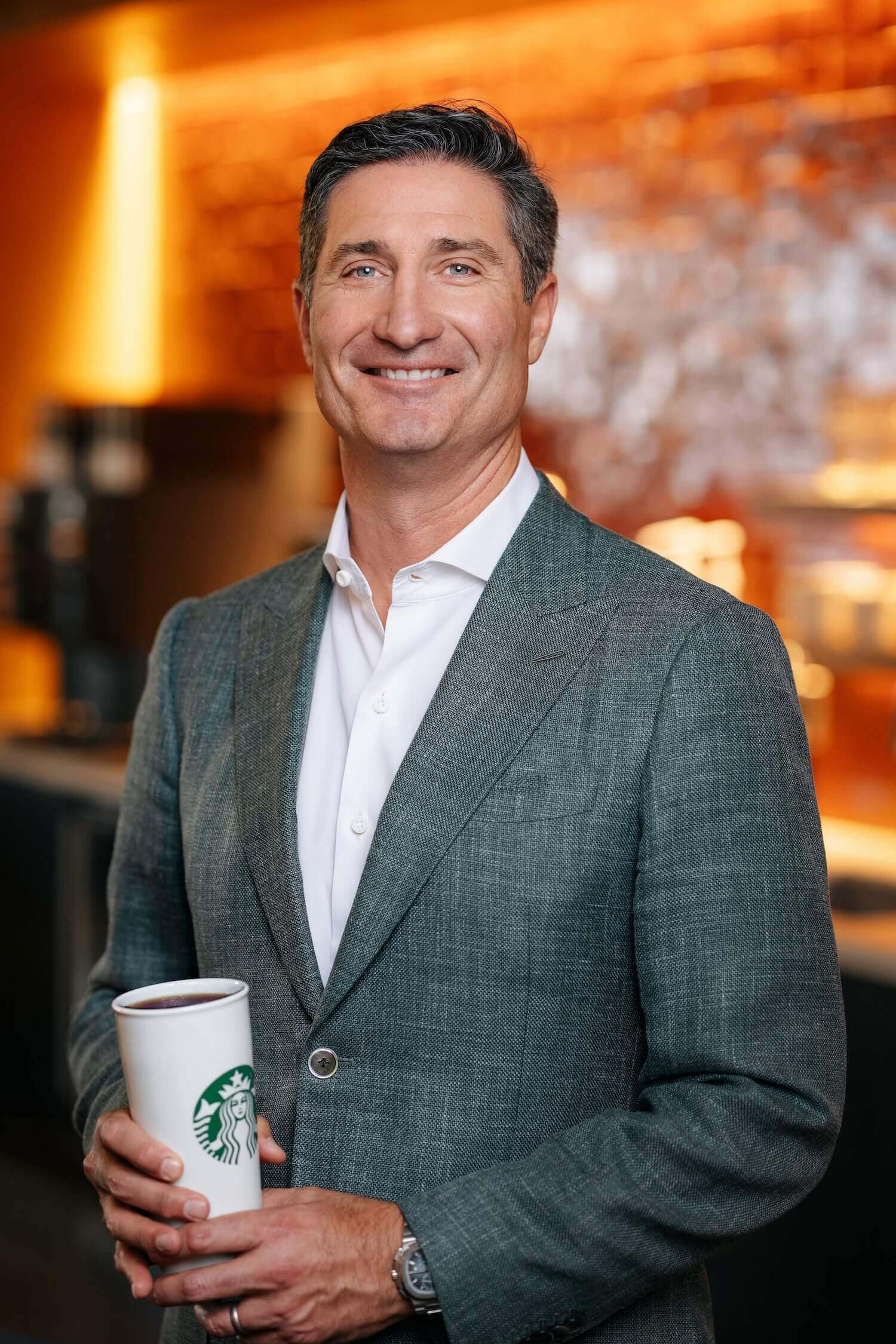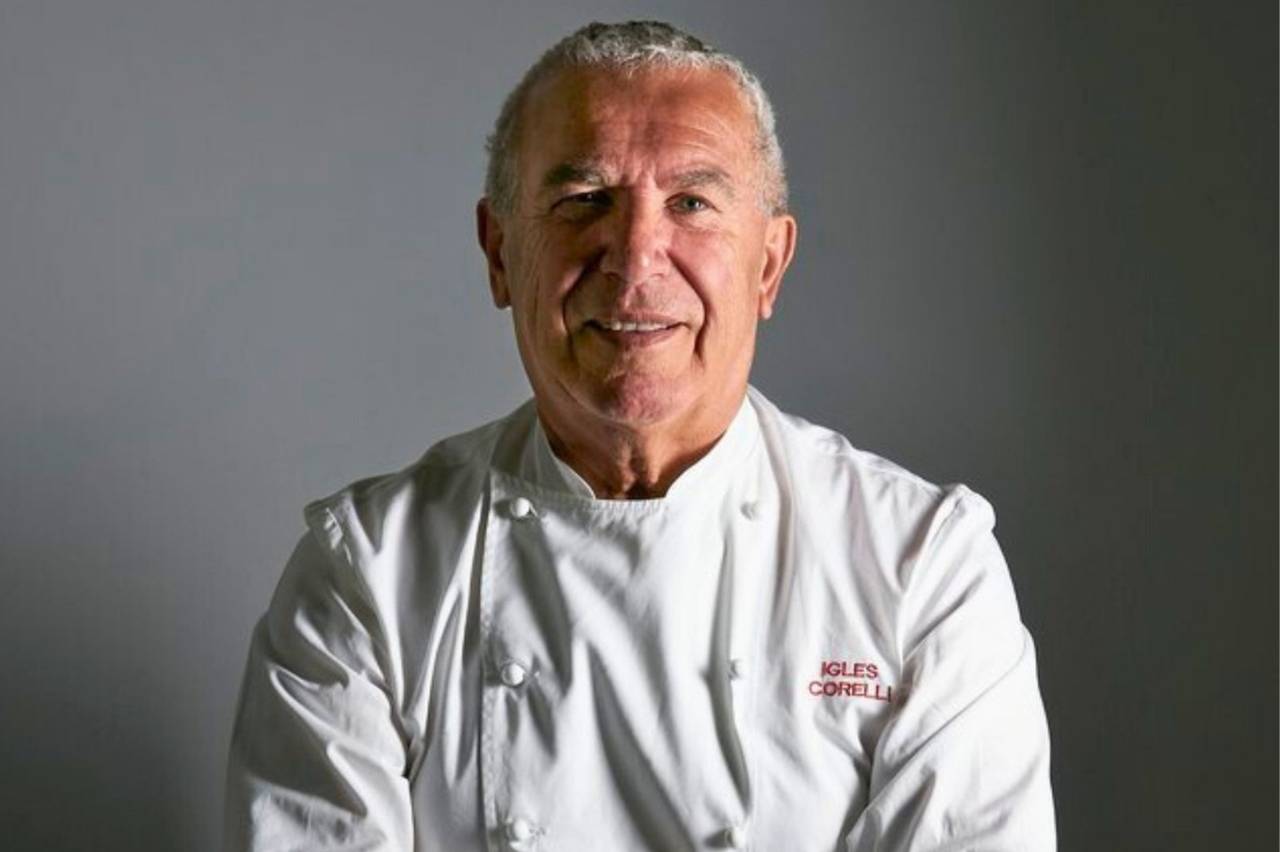Starbucks is undergoing a major transformation under the leadership of Brian Niccol, who became Chairman and CEO on 9th September 2024. Facing challenges such as declining sales in key markets like the U.S. and China, as well as a drop in its share price, Niccol has stepped in with bold changes. These changes aim to restore Starbucks’ connection with customers and improve their experience. Niccol’s goal is to return Starbucks to its roots, again making it the “third place”—a welcoming spot between home and work where people can relax, work, and enjoy coffee.
The Three Biggest Changes Starbucks is Making
- Faster and More Efficient Service
Niccol has set a goal of reducing customer wait times to under four minutes per order. At present, about half of Starbuck’s orders meet this target, but the company plans to address the bottlenecks that slow down the other half. Niccol will improve staffing during rush hours, streamline the menu, and eliminate inefficiencies to increase speed. Additionally, mobile orders and drive-thru services will undergo improvements to speed up service. Service will become more efficient, benefiting both customers and employees. - Simplifying the Menu
Starbucks’ extensive menu has frustrated both customers and employees. Niccol plans to trim the menu so baristas can focus on making fewer but better drinks. The first major casualty of this plan is the Oleato line of olive-oil-infused beverages, which Starbucks will discontinue in most locations. Customers will still be able to customize their drinks, but Starbucks will introduce “customization guardrails” to make the process easier for baristas and customers. This simplification will improve consistency and reduce errors. Customers will enjoy a more straightforward ordering process. - Revamping the Store Experience
To recapture the “third place” experience, Niccol focuses on redesigning Starbucks stores. For example, he plans to bring back ceramic mugs, add more comfortable seating, and create separate areas for mobile order pickups. Additionally, personalized touches, such as writing customers’ names on cups, will return, and Starbucks will reintroduce coffee-condiment bars for customer customization. Niccol believes these changes will help transform Starbucks into a community coffeehouse, where people feel welcome to spend time. As a result, customers can expect a more inviting and relaxing atmosphere.
A Closer Look at These Changes
Niccol’s efforts to speed up service start by addressing operational inefficiencies. Baristas face staffing shortages during peak hours, which lead to delays. Starbucks plans to increase staffing during busy times and invest in better equipment to improve the in-store experience. Niccol emphasized that Starbucks will be “maniacal” about eliminating service delays, especially at the counter. Furthermore, the company will separate mobile orders from in-store pickups to streamline the process. This way, customers who prefer to relax inside can enjoy a more seamless experience.
The decision to simplify the menu aligns with Niccol’s broader strategy to return Starbucks to its core identity as a premium coffee company. Niccol said Wednesday during the company’s earnings call:
“To enhance throughput, quality, and consistency, we’re simplifying our complex menu to align with our identity as a coffee company. We’ll maintain customer choice but focus on fewer, better offerings.”
While customers will still have a variety of choices, the company will focus on delivering fewer, better options. Removing Oleato beverages is just the beginning, and while Starbucks hasn’t confirmed what else may be removed, it’s clear that the goal is to ease baristas’ workload and improve drink consistency.
Niccol also sees Starbucks’ physical stores as key to the company’s revival. In particular, he wants to redesign stores to make them more inviting and comfortable for customers. In-store customers will again enjoy coffee in ceramic mugs, and more comfortable seating and communal spaces will encourage customers to relax. This shift is part of Starbucks’ efforts to return to its roots and foster a sense of community and connection—values that were lost when the focus shifted to speed and mobile orders in recent years. Thus, Starbucks aims to bring back the spirit of the “third place” and remind customers why they loved visiting Starbucks in the first place.
In terms of customer experience, Niccol said on the company’s recent earnings call:
“One of the other things we’re gonna be bringing back is bringing the Sharpies back to our baristas, and it’s going to give them the opportunity to put that additional human touch on every coffee experience as well. So there’s a lot of—I think there’s a lot of just simple things that go a long way of saying, you know what, this is a community place, this is a special place where people are here to connect. And I think we can do that in a really meaningful way.”
The Leadership Behind the Changes: CEO Brian Niccol
Brian Niccol became Starbucks’ Chairman and CEO on September 9, 2024. Before joining Starbucks, Niccol led Chipotle through an impressive transformation. He took on the role of CEO in 2018, and under his leadership, Chipotle’s revenue nearly doubled, profits grew sevenfold, and its stock price surged by nearly 800%. His focus on people, culture, operational excellence, menu innovation, and digital transformation led to significant growth and set new industry standards. Moreover, Niccol’s leadership ensured Chipotle’s success even amid industry challenges.
Niccol’s leadership experience also includes his time as CEO of Taco Bell, where he reshaped the brand and drove growth. Before becoming CEO, he held leadership roles at Pizza Hut and Yum! Brands. Niccol started his career in brand management at Procter & Gamble. Given his success in leading Chipotle and Taco Bell, Starbucks is now poised for a similar turnaround under his guidance.
Niccol’s approach to Starbucks mirrors the strategies he employed at Chipotle. He prioritizes operational efficiency, customer experience, and a return to Starbucks’ core values. His hands-on approach includes gathering feedback directly from customers and employees, making quick decisions to address concerns, and ensuring Starbucks’ stores are places where people want to spend time. In particular, Niccol is focusing on reconnecting with Starbucks’ essence—the community spirit and personalized service.
These changes are currently being rolled out in the U.S., and once operations there are smooth, they will be expanded to global locations.
With Niccol at the helm, Starbucks is set for a revitalization. His leadership will focus on improving the customer experience, streamlining operations, and restoring the sense of community that once made Starbucks a beloved brand worldwide.








